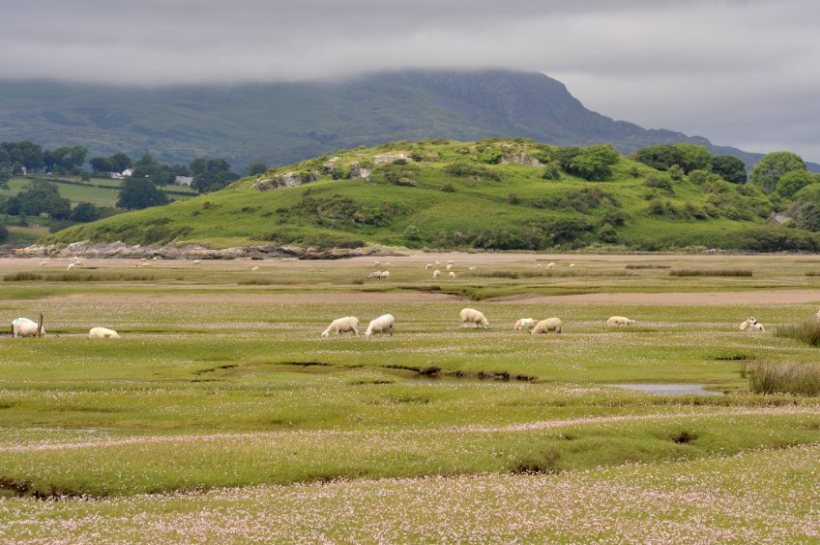
Welsh ministers are being warned of the impact that new Nitrate Vulnerable Zones (NVZ) measures will bring to the agricultural industry.
The rules, to be rolled out in January 2023, include requirements for farmers to produce NVZ risk maps, nutrient management plans, record nutrient applications, and import and export of manures.
As part of the tougher measures, there will also be increased regulation around field muck heaps, slurry stores, crop limits and holding limits.
The proposals are part of the government's controversial water regulatory measures introduced in January 2021 to help address agricultural pollution in Wales.
Further aspects of the regulations will be phased in over a three year period.
But farming groups have frequently criticised the government's approach, saying the impacts of the rules will reach across all agricultural sectors.
Responding to the latest proposals, the National Sheep Association (NSA) warns that expecting businesses to invest in infrastructure is "short sighted and an irreverent approach from government".
The body says the measures and investment come at a time of a cost-of-living crisis when the consequences could "drive the price of staple foods upwards".
NSA chief executive, Phil Stocker says: "The impact of these regulations will be far reaching for the sheep sector.
"[They will limit] wintering options often taken on dairy farms that helps reduce the number of sheep in the hills and uplands during winter months – something which has been encouraged by Welsh government policy.
"This opens the possibility for a reduced flock size, resulting in a reduction in sheep numbers in Wales, the effect of this being a loss of critical mass which could have implications for the slaughtering, processing and exports sector."
He also warns: “Significant concerns are also growing around land availability for new entrants to the sector and these regulations will continue to reduce grazing opportunity on both dairy and poultry farms.”
